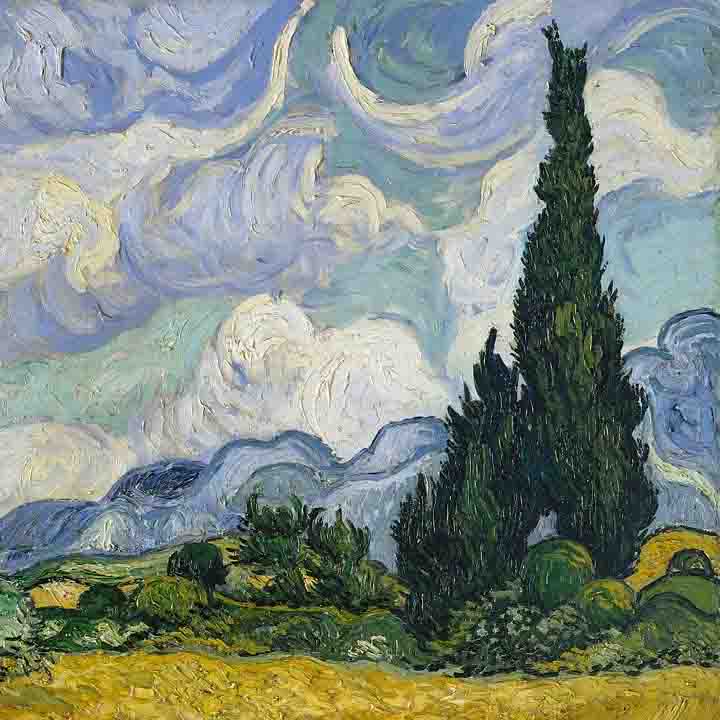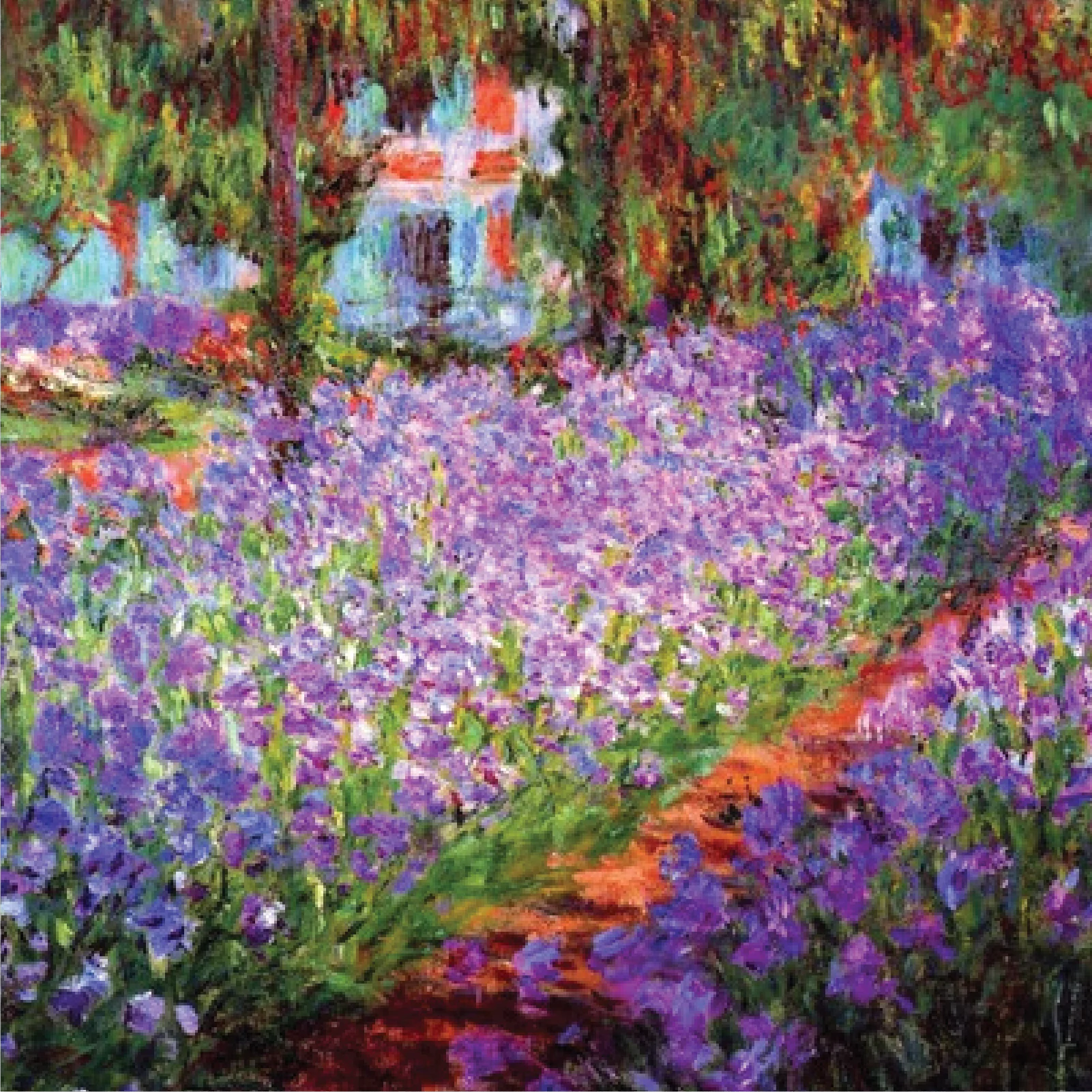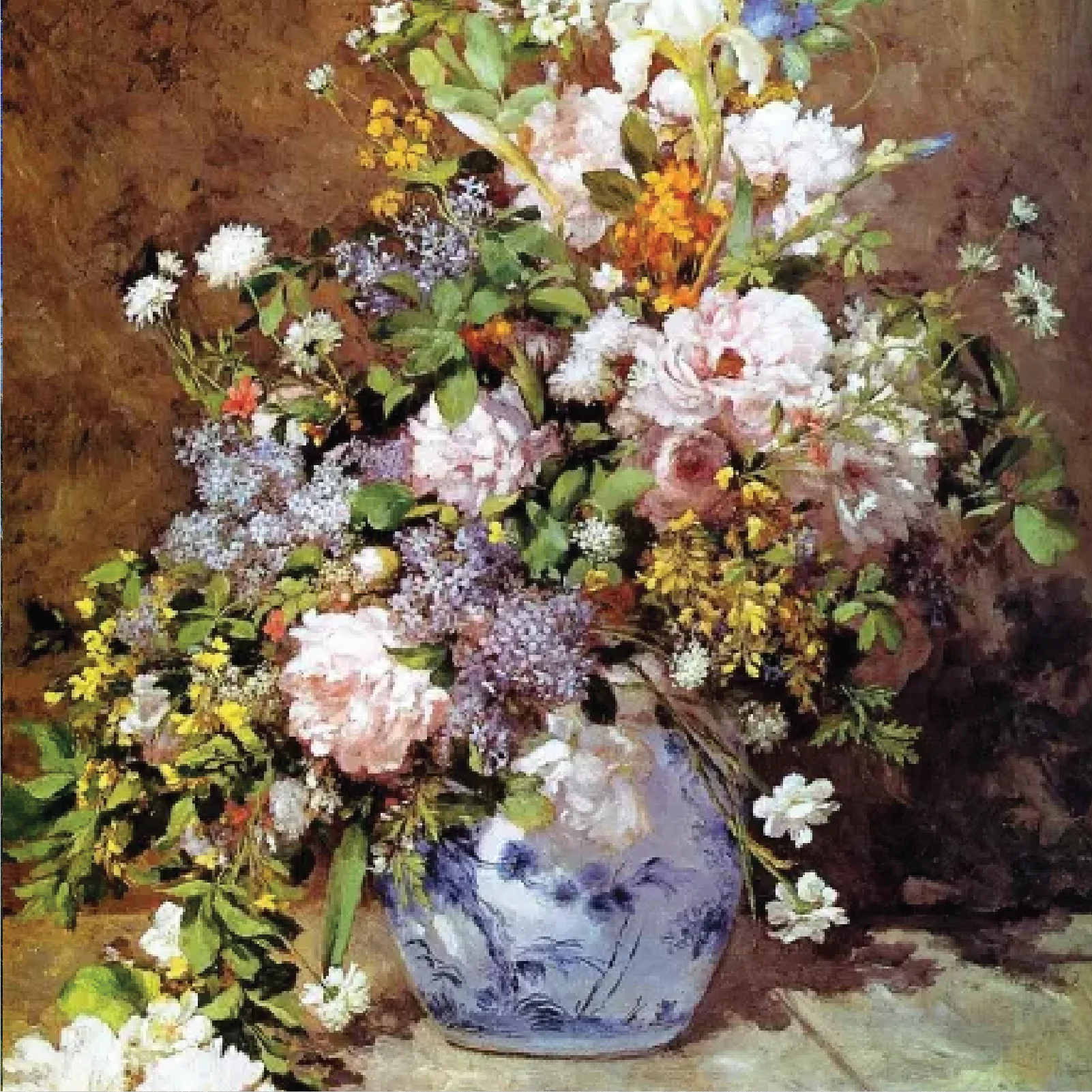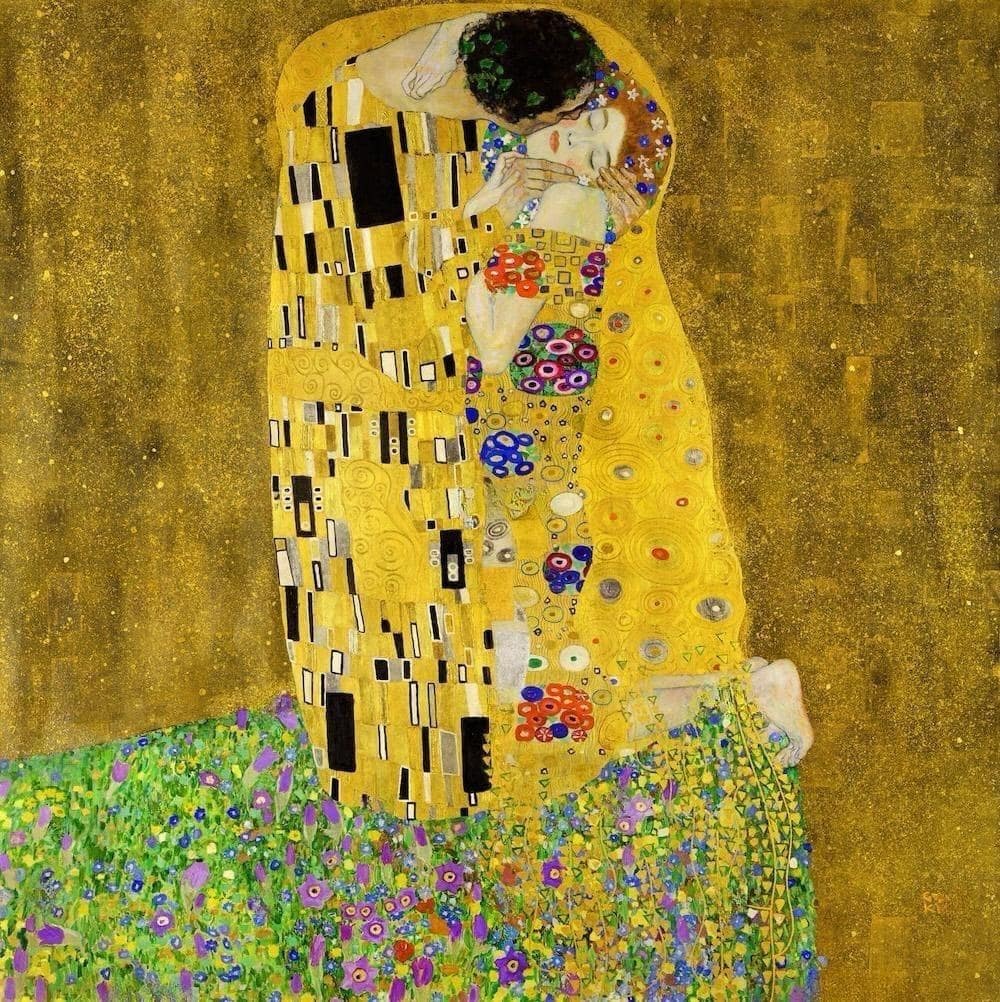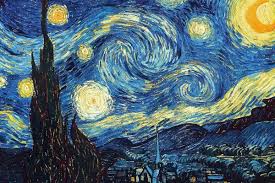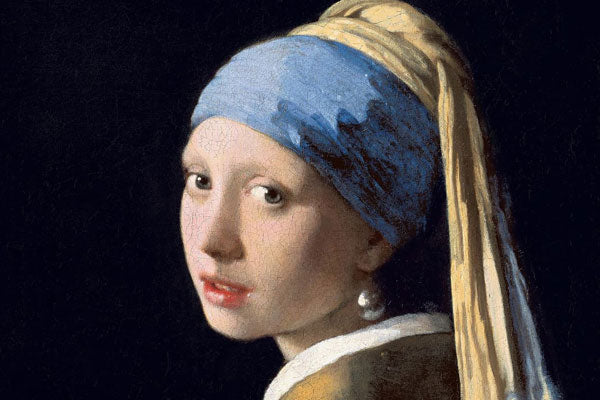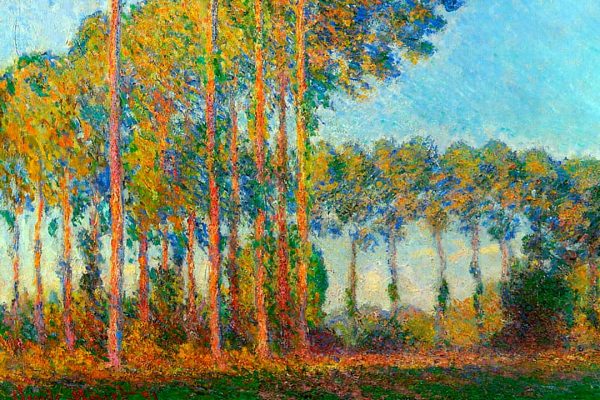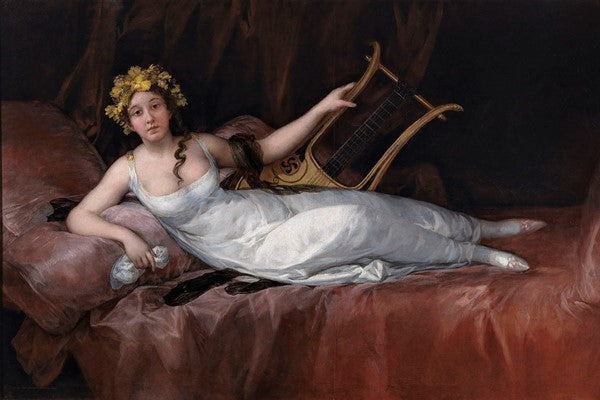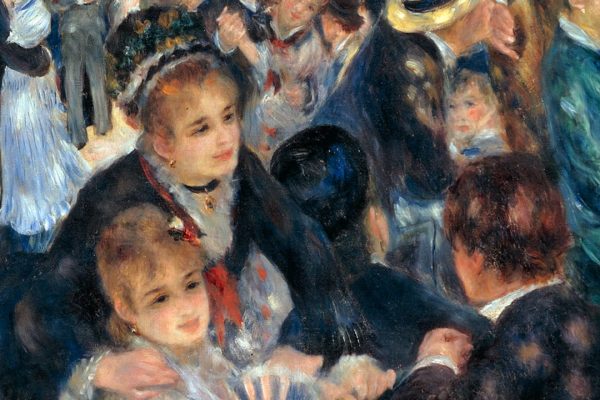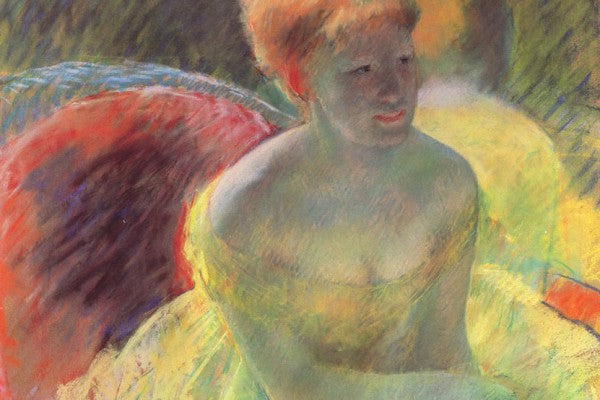Have you ever wondered if the beautiful painting for your wall is an oleo painting or an oleograph? Knowing the difference is key. This is especially true if you love art or want to buy a piece.
This blog will help you understand the difference. It's between an oil painting and an oleograph. It will ensure you always get the real deal and not just something that imitates the canvas surface and the thick strokes of oil paint.
Oil paintings and oleographs might look similar at first. But, they are quite different when the medium is revealed. Oil paintings are unique works of art created by an artist using oil-based paints. Oleographs are prints designed to resemble oil paintings. Inventors created them to make art more affordable and accessible.
Let’s explore what oil artwork and oleographs are, how they're made, and their key variations. Learn how to tell the difference between an oil painting and an oleograph!
What is Oil Painting?
An oil painting is a type of artwork created using oil-based paints. Artists have used this technique for many years to recreate masterpieces, ensuring the medium is revealed. It creates stunning and lasting pictures. Pigments (color) mixed with oil, typically linseed oil, make the paint. This allows the paint to dry slowly. It gives the artist a lot of time to add information and mix colors smoothly.
People acknowledge oil paintings for their rich textures and vibrant hues. Artists often use a canvas as their floor, but they can also paint on timber, paper, or other materials with thick strokes of oil paint, recreating traditional styles. Oil paints dry slowly. This lets artists add layers of paint. The layers add depth and detail to their paintings. This method involves a technique called "layering" or "glazing.""
One of the qualities of oil paintings is their durability, unlike some techniques used in the stamping process. Many famous oil paintings have lasted for hundreds of years. They still look fantastic today, carefully hand-finished to recreate the original look. When you study an oil painting up close, you can often see the brushstrokes and the feel of the paint. This texture is a key function. It allows telling oleo paintings from other kinds of art, like oleographs.
Oil painting has a rich history and has been utilized by many of the world’s finest artists. From Leonardo da Vinci to Vincent van Gogh, these creators have crafted masterpieces with the look of an oil painting that inspire people worldwide.
What is an Oleograph
An oleograph is a type of print that looks like the look of an oil painting but is revealed to be different upon closer inspection. oil painting, but it ain't hand-painted. Think of it as a high-quality copy. Oleographs became popular in the 19th century as a way to make art more affordable for everyone. They are also called chromolithographs, using techniques from chromolithography. They are made using a printing' process called lithography.
In lithography, the artist creates an image on a flat surface, usually stone or metal. Then, they use this surface to print the image onto paper or canvas. The printer adds a layer of varnish. Sometimes, it even adds texture. This is to make the print look like a real oleo painting.
Oleographs are a great way to enjoy art. They cost very little. They look very just like authentic oil paintings, however there are a few variations. Examining an oleograph reveals a texture inconsistent with canvas paint, unlike the thick strokes of oil paint. The colors may also appear flatter because they're printed in place of being painted.
While oleographs aren't authentic works of art, they still hold a fee for a lot of human beings. They let more people enjoy stunning images, capturing the essence even from oleographs. These people might not be able to afford them otherwise. They can also be a great choice for decorating houses and offices, where oleographs can very convincingly resemble oil paintings. The art appears modern and stylish, often mimicking the look of an oil painting or an oleograph, capturing contemporary tastes.
Key Differences Between Oil Paintings and Oleography
Knowing how to tell an oil painting from an oleograph can help you make sure it's real. Here are some key differences to look for:
1- Identifying Brush stroke
In a lithograph, the texture is often different. oil painting, you can often see and feel the brushstrokes, making it look like the painting was varnished. The paint sits on the canvas in a way that creates a texture, recreating the appearance of traditional methods. Artists use different brush techniques to add depth and detail. oleographs are prints, so the brushstrokes are not real. They might look like thick strokes of oil paint. But, when you touch the surface, it feels smooth or slightly textured.
2- Detecting Texture
Detecting texture in oil paintings is a big clue. Real oil paintings have layers of paint that give the surface a 3D feel. You can see and touch these layers. Oleographs may try to mimic this texture, but it won’t feel the same as an original painting. The texture on an oleograph is usually added after printing, so it doesn’t have the same depth.
3- Verifying Artist Signatures
Verifying artist signatures on oil paintings, whether the artwork is an original or a reproduction. is essential whether the artwork is old or recently created. can also help. In oil paintings, signatures are part of the painting. They are usually done with the same paint and brush, using a range of techniques to mimic the original. In oleographs, the signature is part of the print. It might look real, but it doesn’t have the same texture and depth as a hand-painted signature.
4- Using close look of an oil a Magnifying Glass
You can use a magnifying glass to take a closer look. Using a magnifying glass to authenticate oil paintings can reveal tiny details. In an oil painting, you’ll see the paint’s texture and the way colors blend together. In an oleograph, you might see tiny dots from the printing process, as the creators of oleographs would sometimes include these intentionally to make the artwork look like an oil painting.
5- Visual Inspection Techniques
Other visual inspection techniques Digital tools can help too. Look at the colors and how they are layered. Oil paintings often have rich, deep colors with subtle variations. Oleographs might have flatter colors that don’t blend as smoothly.
6- Online Resources for Fine Art Authentication
Using online resources for spotting oil painting replicas and ensuring the medium is revealed Knowing whether a piece is an oil painting or an oleograph can be very helpful; oleographs would sometimes add unique elements to mimic oil paintings. There are many websites and tools that offer tips and tricks for art authentication, including examining the look of an oil painting. You can also find databases of artist signatures and detailed guides on what to look for.
Common Pitfalls and How to Avoid Them
When trying to tell an oil painting from an oleograph, people make some common mistakes. Here’s how to avoid them and ensure the yellow hue to the artwork is genuine:
1- Mistaking Printed Texture for Real Brush stroke
One big pitfall is thinking an oleograph's texture is like real brushstrokes. Remember, tellin' oil paintings from oleographs means looking' closely. You should feel the surface to determine whether the artwork has the texture of an oil painting. Real oil paintings have brushstrokes that you can see and feel. Oleographs might only look like they imitate a canvas surface and the thick strokes of oil paint.
2- Overlooking the Print on Canvas
Another common mistake is not checking the canvas, especially since oleographs can very convincingly resemble original paintings. Detecting texture in oil paintings Includes feeling the thick strokes of oil paint on the canvas surface. Oil paintings typically have a textured canvas due to the layers of paint, giving it a close look of an oil creation. Oleographs, even if printed on canvas, won’t have the same depth and feel like an oil painting.
3- Ignoring the Artist’s Signature
Sometimes, people ignore the artist's signature. Verifying artist signatures on oil paintings is important. An authentic oil painting will have a signature that is part of the painting. Oleographs might have printed signatures, revealed to be different from hand-signed artwork. They don’t match the canvas surface and the thick strokes of the rest of the painting.
4- Not Using Tools
Many people don’t use a magnifying glass or other tools to inspect the painting. Using a magnifying glass to authenticate oil paintings can reveal tiny details. These details are not visible to the naked eye. This tool can help you see the paint’s texture and any small inconsistencies.
5- Forgetting to Do Research
Not doing enough research on oleography is a big pitfall. Using online resources to find fake oil paintings and do art history research can help a lot. Many websites and tools can help you learn about art authentication. They show what to look for in a real oleo painting.
6- Relying Only on Looks
Finally, don’t rely only on looks. Oleographs are designed to look like oil paintings, so looks can be deceiving. Use all the mentioned techniques to look like the painting was done by a master. They will ensure you make the right identification when determining whether the artwork is authentic.
Conclusion
Distinguishing an oil painting from an oleograph can seem tricky. However, with the right knowledge and techniques, you can make smart choices. Always look closely at the texture, brushstrokes, and signatures.
Use a magnifying glass for a close look. Additionally, don't forget to research online. Avoid common pitfalls. Be thorough in your inspection. Then, you can ensure you're investing in real oleo paintings.
If you are a big fan of oil painting reproductions, check out Art&See. They offer many high-quality reproductions that can capture the essence of the original painting, making it look like the painting was varnished. They are an authentic site to find beautiful pieces for your collection.
FAQs
1: How can I clean an oil painting without damaging it?
Gently dust the surface with a soft, dry brush. For more thorough cleaning, consult a professional conservator to ensure the antique quality is preserved.
2: Are oleographs valuable?
Oleographs are not as valuable as original oil paintings. But, they can still have sentimental and decorative value despite being revealed to be different from original masterpieces.
3: Can I use the same techniques to authenticate other types of paintings?
Yes, many of the inspection techniques for oil paintings and oleographs can work for other types of paintings.





